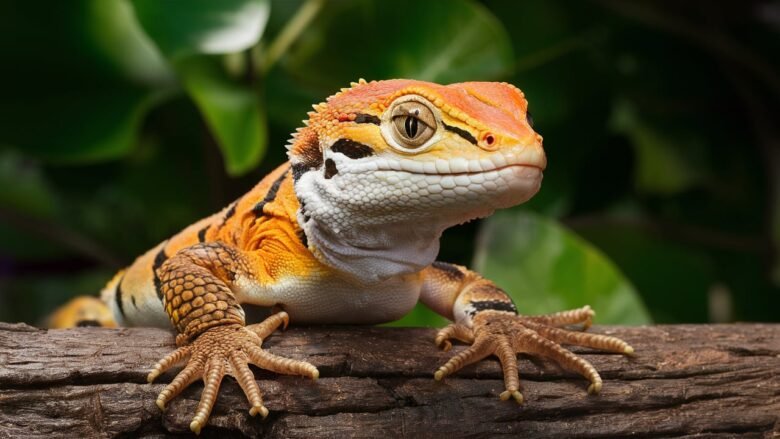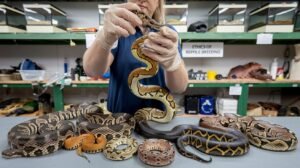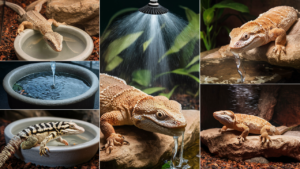Understanding the intricacies of reptile breeding and hatchling care is essential for reptile enthusiasts and breeders alike. This article delves into effective breeding techniques for reptiles, the vital processes of snake incubation, turtle hatchling care, and the fascinating reproduction cycles of lizards, providing practical insights for successful reptile husbandry.
Reptile Breeding Techniques
Breeding techniques among reptiles vary significantly, with oviparous species laying eggs and viviparous species giving birth to live young. Understanding reproductive cycles, such as courtship behaviors and seasonal mating patterns, enhances breeding success. Environmental factors play a crucial role, with specific temperature and humidity levels necessary for successful fertilization and gestation. Each species has unique breeding behaviors, necessitating tailored methodologies to ensure conditions align with their needs, ultimately leading to increased reproductive success and healthy hatchlings.
Snake Incubation Processes
Snake incubation is crucial for the successful development of eggs. Essential factors include **temperature**, typically ranging from **78°F to 88°F**, and **humidity** levels around **60% to 80%**. Substrate options, such as **perlite**, **vermiculite**, or **moss**, play a vital role in moisture retention.
Different snake species have unique requirements; for example, **ball pythons** thrive at lower temperatures than **reticulated pythons**. Utilizing **incubators** guarantees consistent conditions, essential for optimal hatching. Proper air circulation is also critical to avoid mold and ensure oxygen flow.
Signs of successful incubation include **increased humidity** in the incubator and **internal movement** visible through the eggs. The common challenges faced during this period include **temperature fluctuations**, which can lead to undeveloped embryos or even fatalities. Additionally, improper substrate moisture levels may cause eggs to dry out or become overly saturated, risking fungal infestations.
Monitoring these conditions regularly helps mitigate risks and supports the healthy development of the embryos, crucial for achieving a successful hatch rate.
Turtle Hatchling Care
Turtle hatchlings require specific environmental conditions to thrive post-emergence. Providing a warm, shallow water area and a basking spot is essential for temperature regulation. Their diet should include small aquatic plants and high-quality turtle pellets, ensuring balanced nutrition.
The habitat should mimic natural settings with places for hiding to reduce stress. Regular health monitoring is crucial; check for signs of respiratory distress, shell abnormalities, or lethargy. Minimize predation risks by securing enclosures and avoiding overcrowding during this vulnerable stage.
To facilitate a smooth transition, introduce hatchlings gradually to their new environment. Maintain clean, filtered water to prevent disease, and monitor their growth rates to ensure they are thriving.
Lizard Reproduction Cycles
Lizard reproduction cycles vary significantly between oviparous and viviparous species, exemplifying their adaptability. Oviparous lizards lay eggs in secure locations, while viviparous ones give birth to live young.
Environmental factors like temperature, humidity, and seasonal changes heavily influence lizard reproduction. Many species require specific temperature ranges for optimal breeding, which can dictate the timing of reproductive cycles.
Lizard eggs undergo development within nests, often in burrows or leaf litter, safeguarded from predation. Hatchlings display unique behavioral adaptations, such as immediate dispersal to avoid threats and ensure survival during their early life stages.
The intricacies of lizard reproduction showcase both evolutionary strategies and environmental responsiveness, emphasizing the diversity within this fascinating group of reptiles. Understanding these cycles is crucial for successful breeding and hatchling care.
Conclusions
In conclusion, mastering reptile breeding techniques, ensuring proper incubation for snakes, and providing excellent care for turtle hatchlings are crucial for their survival and growth. By applying the knowledge shared in this article, reptile enthusiasts can enhance their breeding practices and contribute positively to the welfare of these remarkable creatures.



